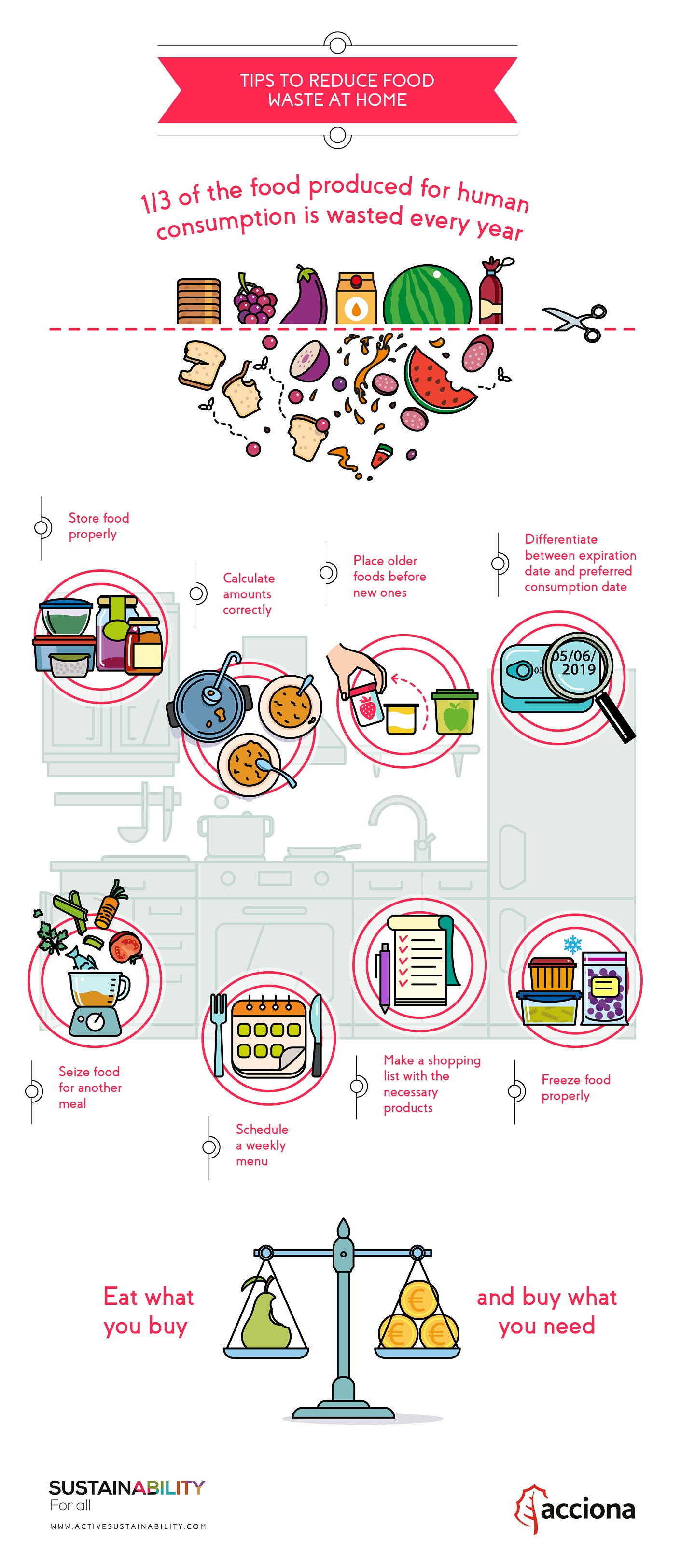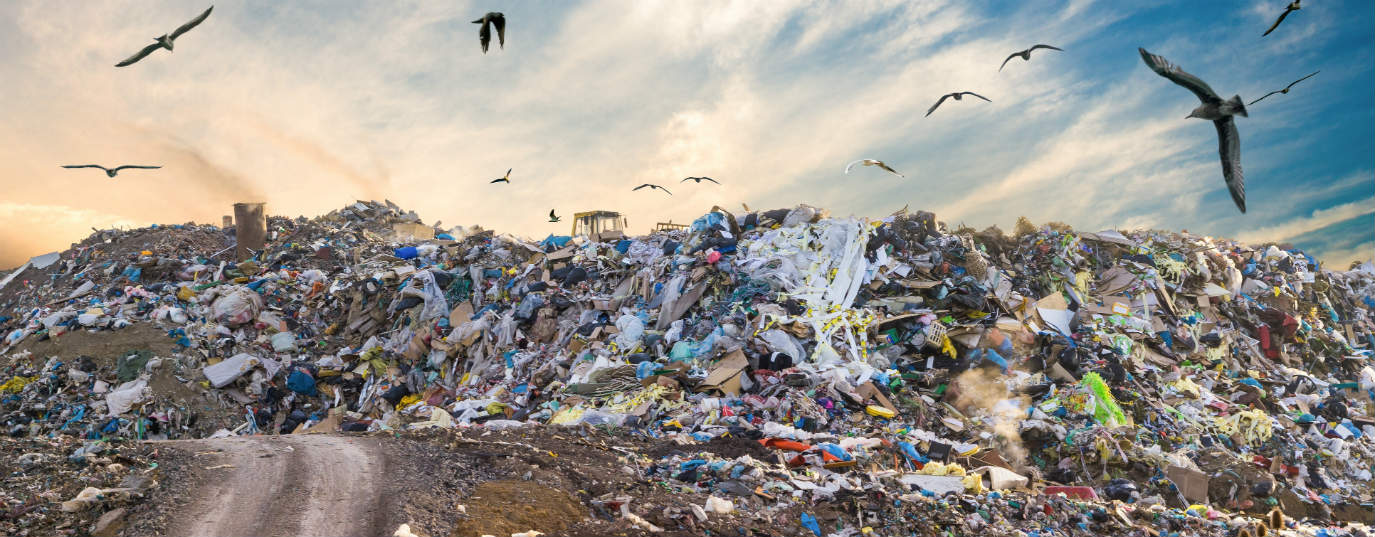Tips to reduce food waste at home
What can we do to avoid wasting food? With a series of simple actions we can combat food waste
Did you know that 1.3 billion metric tons of food gets lost or wasted every year? Perhaps this is not such a shock to those of us unfamiliar with the level of food production in the world, so let’s put it another way. This food, which ends up being thrown away as rubbish, is enough to feed some two billion people, more than double the number suffering from malnutrition worldwide.
It is no more and no less, one third of the food produced for human consumption. The rampant culture of consumerism and compulsive behavior is largely responsible for this situation, which is not only negative from a social and economic viewpoint, but also contributes to the emission of greenhouse gases and consequently global warming.
According to the Food and Agriculture Organization (FAO), a third of food production is discarded every year worldwide, although the percentage is considerably higher in developed compared to developing countries: every year, in Europe and North America, between 95 and 115 kilos of food per person are lost and wasted, while in Sub-Saharan Africa and South and South-Eastern Asia the amount of food produced and not consumed is only between 6 and 11 kilos per person per year.
How is food lost and wasted?

Food is not only wasted when we don’t eat it because we think it’s in a poor state or we simply miscalculate the quantity we’re going to eat. There are many other reasons that food is thrown away without being consumed, such as when it is damaged in transport or not bought before the expiry date. It is estimated that 40% of food loss in developing countries occurs during harvesting and processing stages. Meanwhile, in industrialized countries, 40% is lost with retailers or end consumers.
Economic and environmental cost
The losses provoked by food waste are rising every year across the world and have reached a trillion dollars annually: production, manufacture, harvesting, packaging, transport and distribution of food that will finally not be consumed represents an economic cost to the world which, if reduced by just 20%, would save 100 billion dollars.
On the other hand, the FAO calculates that food waste is responsible for 8% of world greenhouse gas emissions, while 30% of agricultural land is dedicated to cultivating food that will never be consumed and 21% de fresh water is wasted on its production.
How to avoid food loss and waste
What can we do to avoid wasting food? The solution begins with the end consumer. Through a series of simple actions, we can fight against the misuse of food.
As you will see in this infographic, there are some simple actions that will help you not to waste food at home:
- Store food properly
- Calculate amounts correctly
- Place older foods before new ones
- Differentiate between expiration date and preferred consumption date
- Seize food for another meal
- Schedule a weekly menu
- Make a shopping list with the necessary products
- Freeze food properly
Together we can all contribute to achieving sustainability of the food system.
Sources: FAO and World Bank.








